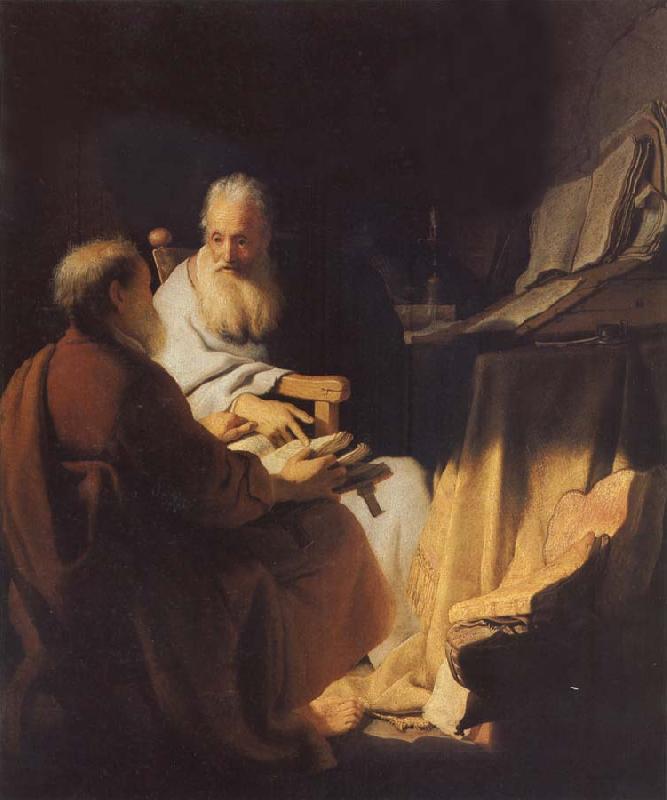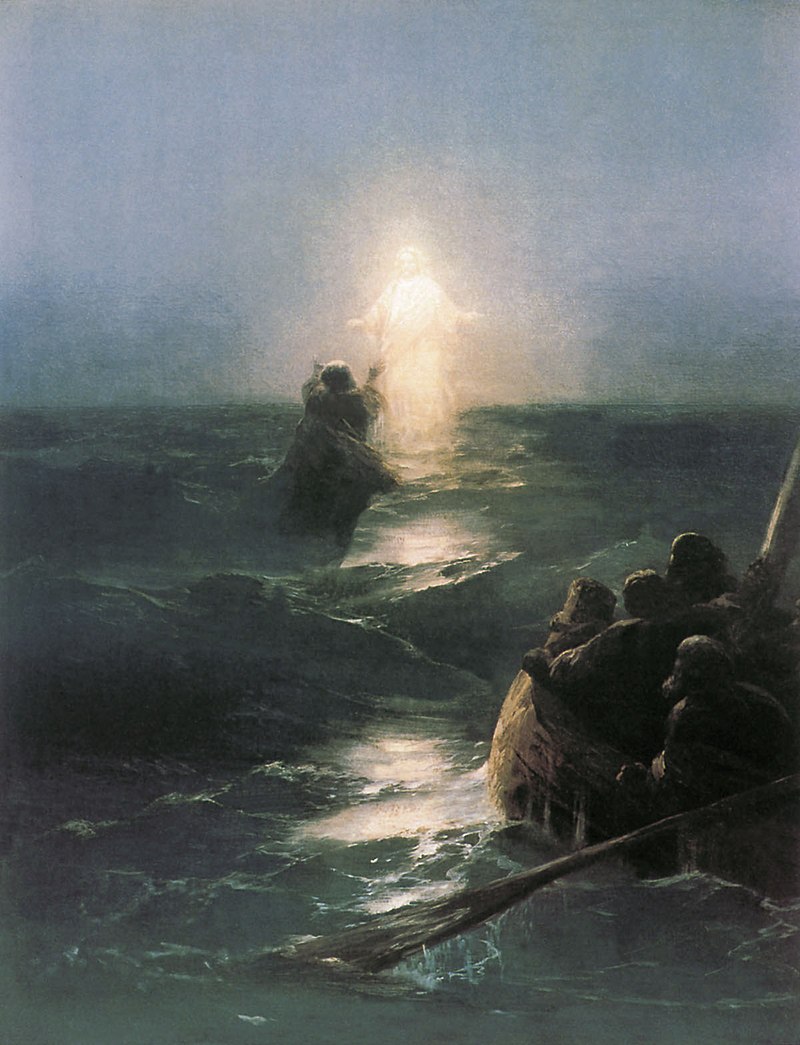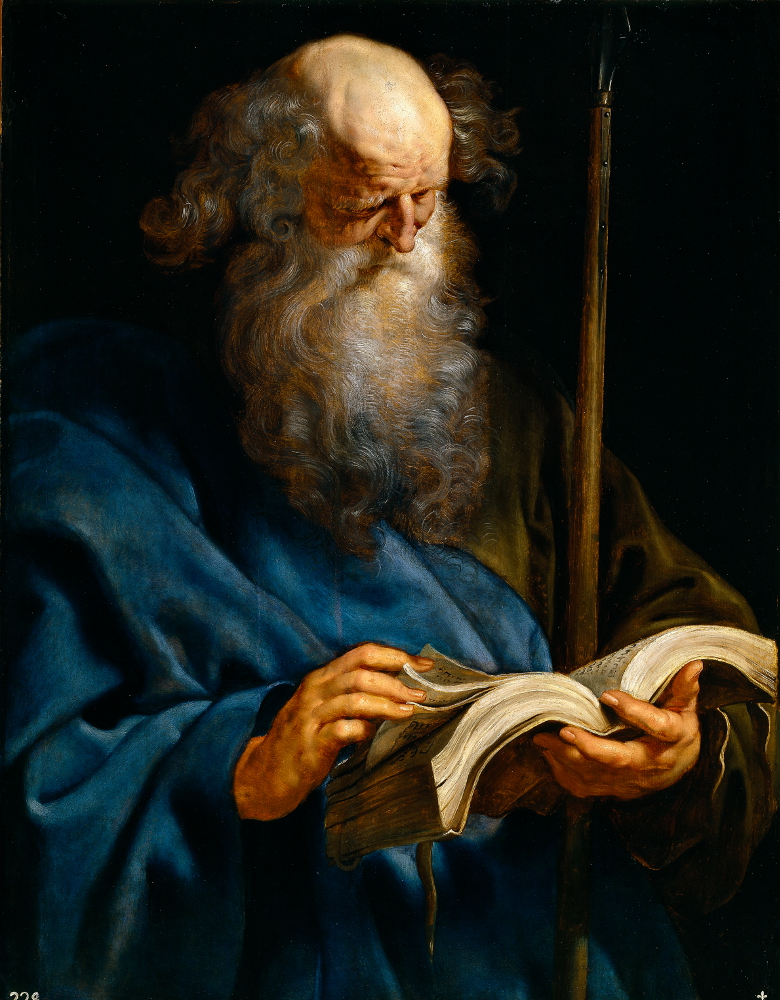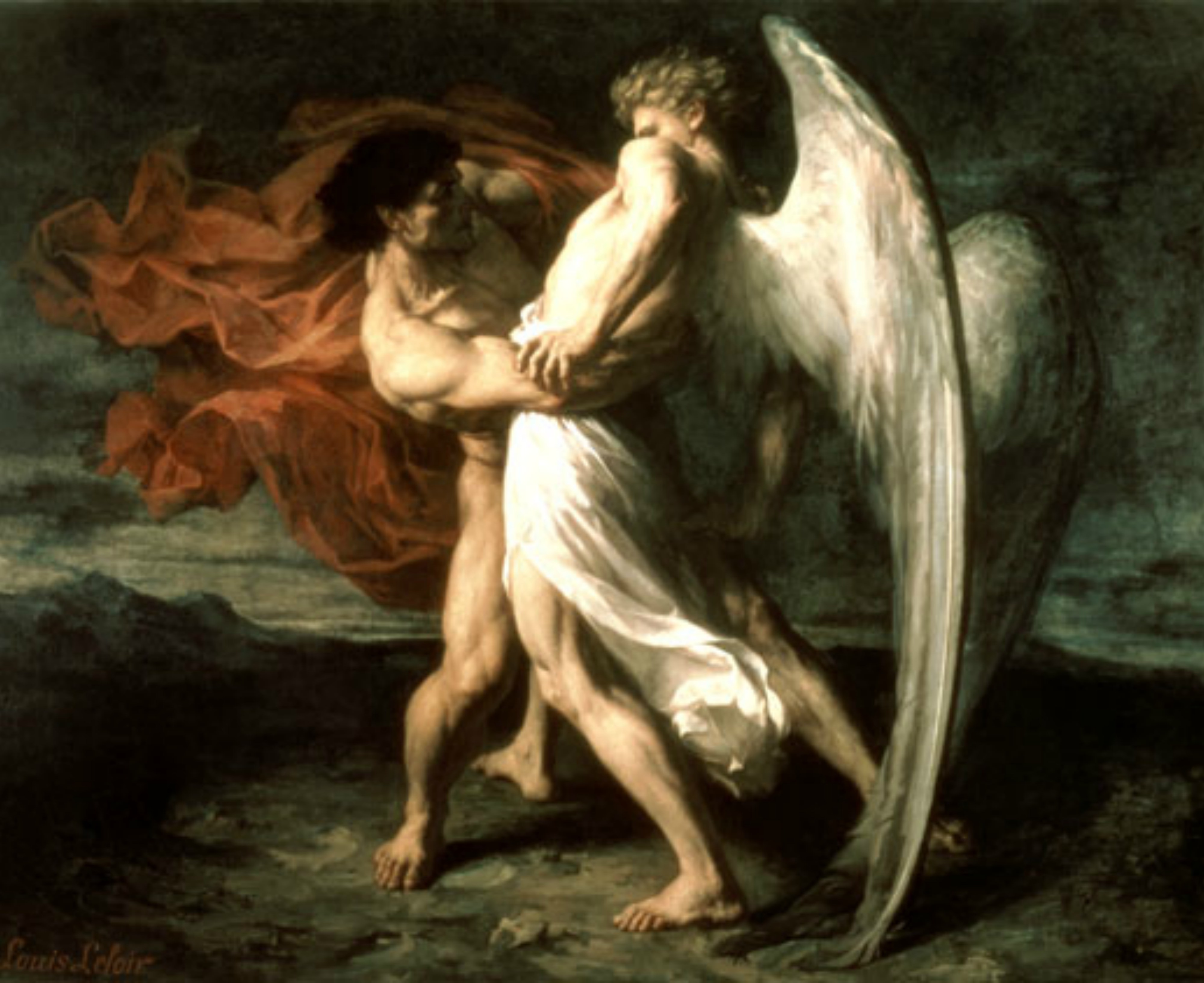* * * *

* * * *
April 14, 2024 – Last Sunday, April 7, went by the name “Second Sunday of Easter.” Or the second Sunday of the Easter Season. (Eastertide, the church season that runs the 50 days from Easter Sunday to Pentecost Sunday.) But that Second Sunday also goes by a number of other names. Like “Low Sunday,” because of the normally-low church attendance after the high attendance of Easter Day. Yet another (and more exotic) name is “Quasimodo Sunday.” But that’s not because of Quasimodo, the guy known as the “Hunchback of Notre Dame:”
Instead, the name comes from a Latin translation of the beginning of First Peter 2:2 , a traditional “introit” used in churches on this day. First Peter 2:2 begins – in English and depending on the translation – “As newborn babes, desire the rational milk without guile…” [Or, “pure spiritual milk, so that by it you may grow up in your salvation.”] In Latin the verse reads: “Quasi modo geniti infantes…”
So an introit is – in one definition – part of the usual opening for a church service on the Second Sunday of Easter. And (to give some background), that introduction follows the call in First Peter Chapter 1 to “be holy,” since we have been “born again, not of perishable seed, but of imperishable.” (Through faith in Jesus.) And the first two verses of First Peter Chapter 2 read – to give an even fuller background – “Therefore, rid yourselves of all malice and all deceit, hypocrisy, envy, and slander of every kind. Like newborn babies, crave pure spiritual milk, so that by it you may grow up in your salvation.” (With verse 3, “now that you have tasted that the Lord is good.”)
Latin was the language of western churches for centuries, and for Catholics some 1,900 years – until the middle of the 20th century. And in the Latin “geniti” translates as “newborn,” while the translation of “infantes” seems self-evident. Thus here “quasi modo” roughly translates, “As if in the manner” of newborn babes. Meaning in turn that just we expect babies to grow up, we should also expect baby Christians to do the same. God doesn’t want you stay an “infant in Christ,” as Paul noted in 1st Corinthians 3:2. You don’t want to stay a boot-camp Christian, a Biblical literalist who never learns anything about the Bible “beyond the fundamentals.”
Which brings us back to the Second Sunday of Easter, also called Doubting Thomas Sunday. That’s because the Gospel reading is always John 20:19-31, which “recounts the story of Christ appearing to the Apostle Thomas in order to dispel the latter’s doubt about the Resurrection.” But we shouldn’t be too hard on Thomas for his doubting. In a sense most if not all Christians face their own “doubting moments” in their lives. But as I said last year on the same subject, “there’s something to be said for having doubts and then overcoming them.”
You could think of it as a form of resistance training. A Blind Faith Christian doesn’t like “resistance,” doesn’t like the uncertainty that comes with doubting, or asking questions. But to me a healthy Christian welcomes such resistance, because that’s how we grow spiritually. Asking deep and probing questions can lead to doubt, but in the process your faith grows stronger.
One of my past posts had a link, If you doubt and question … answers.yahoo.com. It asked, “If you doubt and question your faith will it become stronger?” Unfortunately that link won’t take you there now, but back then the “Best Answer” to the Yahoo question included this:
Remember Thomas, the disciple, who wouldn’t believe in Christ’s resurrection until he put his hand into Jesus’s wounds. He went on to die spreading the gospel in Persia and India. God gave us free choice, He doesn’t want us to be robots, He could have made us like that, but wanted us to choose for ourselves. You learn and grow by questioning.
In other words, there seem to be Christians who see The Faith of the Bible as a spiritual strait-jacket, a pre-shaped form into which “we” have to mold ourselves. This type of Christian also seems to believe that St. Peter will have some kind of checklist at the Pearly Gates, so that if you don’t answer every litmus test question exactly right you won’t get in. But aside from Jesus’s promise in John 6:37 – that He will never turn away anyone who comes to Him – there’s also Romans 10:9. That’s where Paul said that if you “declare with your mouth, ‘Jesus is Lord,’ and believe in your heart that God raised Him from the dead, you will be saved.”
So much for litmus tests, so go out and experience life in all its fullness, like Thomas. And keep reading the Bible with an open mind. “The Bible was designed, to expand your mind…”
* * * *
Which brings us finally to a quirk in this year’s Bible readings. Normally the Annunciation is celebrated on March 25, which is back when I did the Daily Office reading for that Feast day. But strangely enough, the online Lectionary Page has that feast day listed for Monday, April 8, the day after the Second Sunday of Easter. It had been “transferred.”
So why the transfer? “Liturgically the solemnity of the Annunciation was moved to April 8 this year, as March 25 was during Holy Week and the focus was on Jesus’ Passion instead.” (See Why the Annunciation was moved to April 8 this year – Aleteia.) But I have some good excuses. Like noting beforehand March 25 as the day I should do those readings. Also, this year I got back from a canoe trip five miles off the coast of Mississippi on March 23, the day before Palm Sunday. Then came Holy Week, which is always a busy time.
But you could say it worked out for the best. I was so busy getting ready for the canoe trip that I didn’t have time to do my usual post on the Annunciation. Since this year it came the day after “Second Sunday,” I now have a good excuse for doing that missed post next time.
Which I will do next time, so stay tuned!
* * * *

* * * *
The upper image is courtesy of The Rockox Triptych – Wikipedia. I used it in my second-ever post, in 2014, First musings – The readings for “Doubting Thomas” Sunday. I’m leaving it in its original form and format, which had no separate section for notes. The full caption I put in: “‘The Incredulity of St Thomas, or The Rockox Triptych, after the name of the donors, by Peter Paul Rubens (circa 1614),’as it relates to the Gospel reading for 4/27/14.” I’ve also listed the following posts about Doubting Thomas Sunday, also known as Low Sunday and/or the Sunday after Easter Sunday: From 2015, Doubting Thomas’ “passage to India” from 2016, Doubting Thomas – and Peter Restored, On “Saint Doubting Thomas” – 2017, and On “Doubting Thomas Sunday” – 2017, from 2019, On Easter, Doubting Thomas Sunday – and a Metaphor, and from last year, On Doubting Thomas Sunday – 2023. My first-ever post – on the same subject and posted the same day as “First musings” – was The Bible – Lectionary Musings and Color Commentary. (Interesting reading for me.)
The Book of Common Prayer reference: The “corporate-mystical” prayer is on page 339, the post-communion prayer for Holy Eucharist, Rite I.
A note: This “Second Sunday” is also called – aside from names noted above – the Octave of Easter, the eight-day period starting on Easter Sunday and running to the Sunday following Easter.
On the Western Church and Latin, see The Evolution of Catholic Mass: From Latin to Vernacular.
Re: “Hunchback.” Incidentally, the character in the book Hunchback of Notre-Dame was named after those opening words of First Peter 2:2. (In the New International Version it reads, “Like newborn babies, crave pure spiritual milk, so that by it you may grow up in your salvation.”)
The lower image is courtesy of Annunciation Mary El Greco Painting – Image Results. It came with a page saying that in this painting…
…the interior of the room is filled with clouds and flashing lights, in a way that the objects surrounding the Virgin – the simple prie-dieu, the book opening like a fan, the sewing-basket and the vase – are removed from real space and saturated with mystic significance. The wide, emphatic arc of the drapery covering the Virgin’s knees seems only to make her small head and narrow, transfigured face appear as distant from us and as close to the heavenly messenger as possible.
* * * *



 We’re now in the “Week of the Second Sunday of Easter (April 28 – May 4).” Which makes this a good time to review
We’re now in the “Week of the Second Sunday of Easter (April 28 – May 4).” Which makes this a good time to review  To make a long story short, it seems to me that
To make a long story short, it seems to me that  In fact his faith grew so much that he became
In fact his faith grew so much that he became 

 First a note: I originally posted this on January 23, 2015. But yesterday, reading over some old posts, I noticed the bottom picture in this one was missing. Or more precisely there was a box with some information written inside, probably “URL” information or the like. So I decided to re-post this one, and may do the same with others, like
First a note: I originally posted this on January 23, 2015. But yesterday, reading over some old posts, I noticed the bottom picture in this one was missing. Or more precisely there was a box with some information written inside, probably “URL” information or the like. So I decided to re-post this one, and may do the same with others, like  We can start with the fact that the name “Israel” referred to a man who literally wrestled with God. (See
We can start with the fact that the name “Israel” referred to a man who literally wrestled with God. (See  See
See  In the fullness of time, Jacob went on to “wrestle with God” and become the patriarch Israel,as told in Genesis 32:22-32. He fathered 12 sons, who became the 12 tribes of Israel: “The children named in Genesis were
In the fullness of time, Jacob went on to “wrestle with God” and become the patriarch Israel,as told in Genesis 32:22-32. He fathered 12 sons, who became the 12 tribes of Israel: “The children named in Genesis were 

 I recently became
I recently became  Basically, his mother
Basically, his mother  So, just to keep things straight: Zilpah and Bilhah both bore two sons to Jacob. Rachel also bore two sons for Jacob. But the “winner” clearly was Leah, who gave Jacob six sons. (Or, to borrow a phrase from
So, just to keep things straight: Zilpah and Bilhah both bore two sons to Jacob. Rachel also bore two sons for Jacob. But the “winner” clearly was Leah, who gave Jacob six sons. (Or, to borrow a phrase from 